SSD vs. HDD Speeds: What’s the Difference?
Pure Storage
JANUARY 4, 2022
HDD devices are slower, but they have a large storage capacity. Even with the higher speed capacity, an SSD has its disadvantages over an HDD, depending on your application. SSDs aren’t typically used for long-term backups, so they’re built for both but are typically used in speed-driven applications.


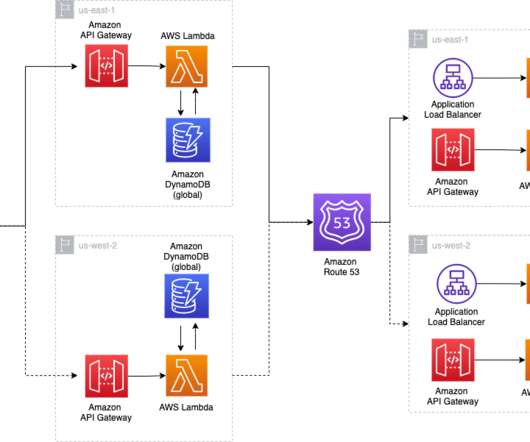


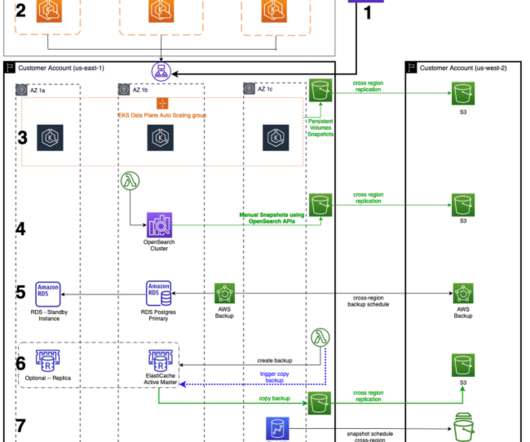
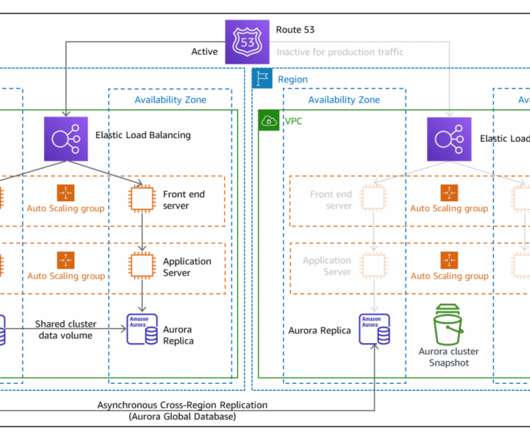
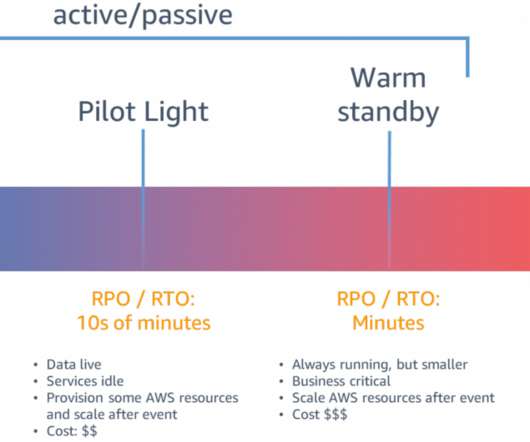
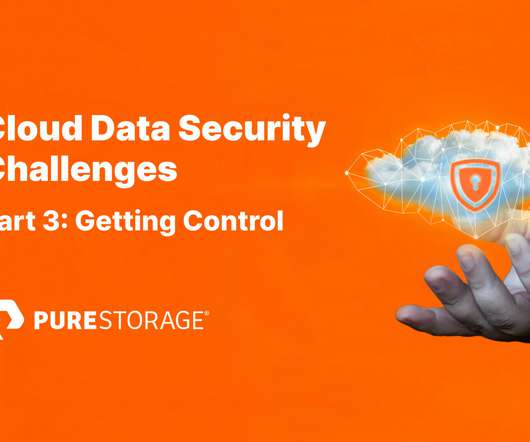
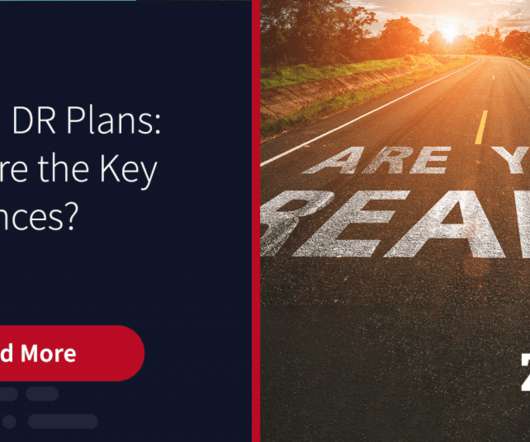
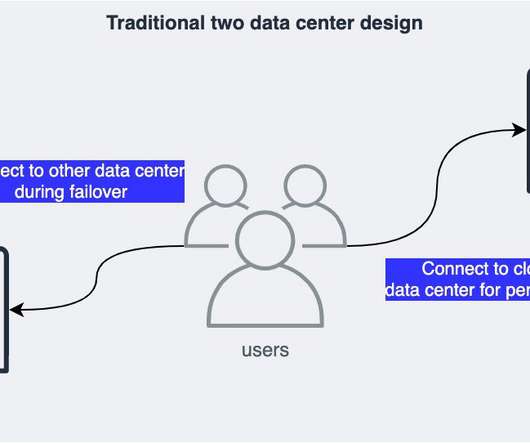








Let's personalize your content